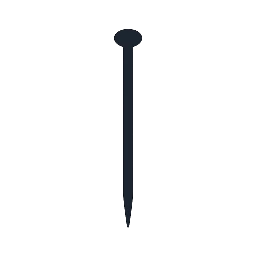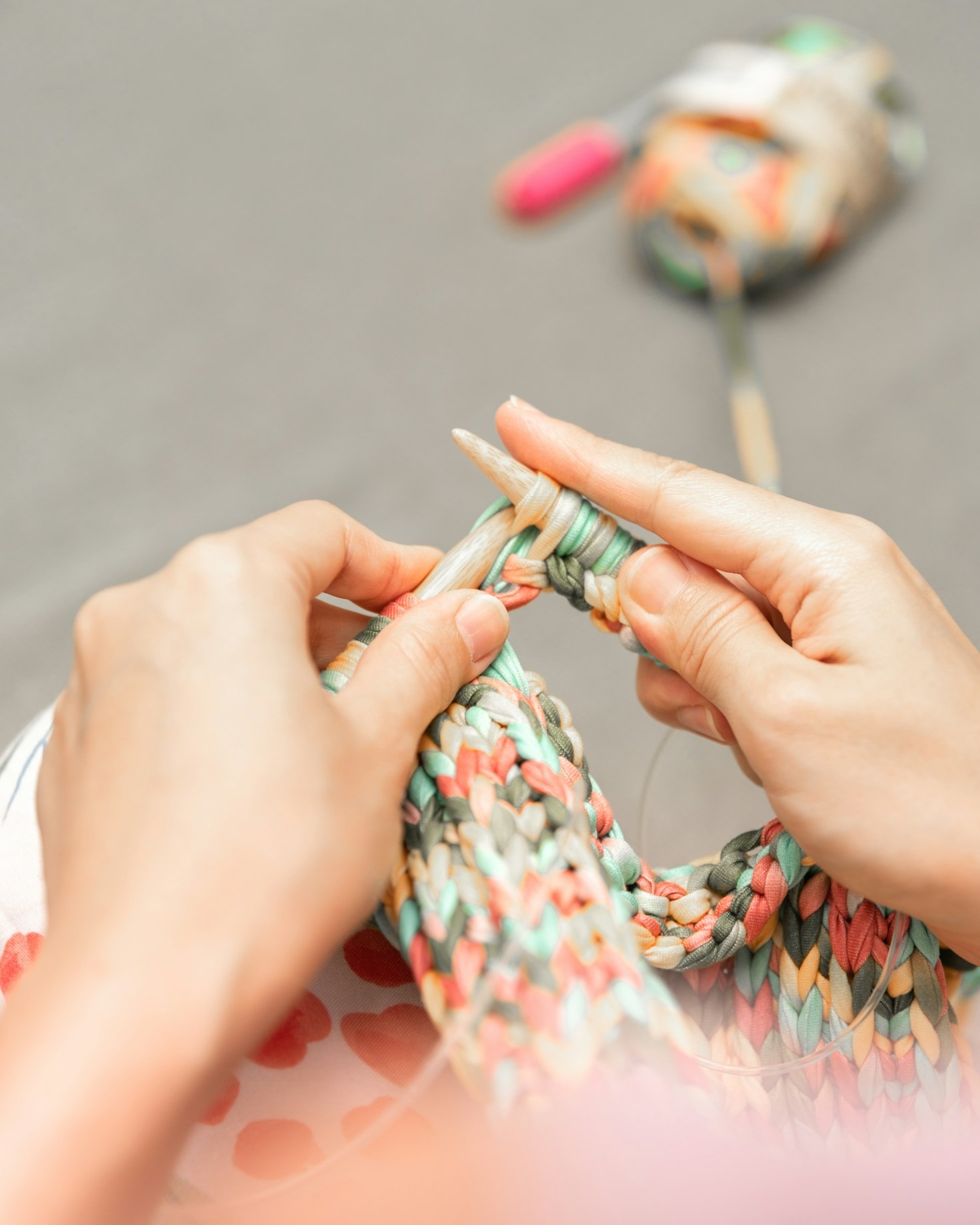From the earliest woven fibers to today’s innovative textiles, the art of making fabric has been central to human culture. Textile arts are more than just functional—they tell stories of survival, identity, and creativity. Let’s take a journey through their history and see how this ancient craft continues to evolve.
Beginnings in Utility
The roots of textile arts reach back tens of thousands of years. Early humans twisted plant fibers and animal sinews into cords, ropes, and nets. Eventually, these techniques led to woven fabrics and simple garments that protected people from the elements. Textiles were among the earliest forms of technology—an essential step in human advancement.
Textiles as Culture and Power
As civilizations grew, textiles became a symbol of wealth and identity. Ancient Egyptians used linen for clothing and burial shrouds, while silk production in China gave rise to one of the most valuable trade commodities in history. In medieval Europe, guilds controlled weaving and dyeing, elevating textiles to a marker of social status. Cloth was not only practical but also political.
Global Influence and Exchange
Textiles have always been a vehicle for cultural exchange. The Silk Road carried fabrics, dyes, and techniques across continents, influencing patterns and designs far from their origins. In West Africa, traditions like kente weaving developed unique identities that remain culturally significant today. Each region brought its own materials, motifs, and symbolism, weaving history into every thread.
The Industrial Revolution
The 18th and 19th centuries brought dramatic changes. Mechanized spinning and weaving revolutionized textile production, making fabrics more accessible but also transforming labor and economies. What had once been painstakingly hand-made became mass-produced, shifting textile arts from necessity to expression. Handweaving and knitting, once everyday skills, began to carry a new sense of artistry.
Modern Revival and Innovation
Today, textile arts thrive in both traditional and experimental forms. Handcraft movements celebrate the value of slow, intentional making—whether it’s knitting, quilting, or hand embroidery. At the same time, technology pushes boundaries with 3D knitting machines, smart fabrics, and sustainable fibers made from bamboo, hemp, and even recycled plastics. This balance of heritage and innovation defines the modern textile landscape.
Conclusion
The history of textile arts is the history of humanity: resourceful, creative, and ever-changing. What began as survival has become a powerful form of self-expression, connecting cultures and generations. Whether handwoven on a loom or engineered in a lab, textiles remain at the heart of how we live, dress, and define ourselves.
Timeline of Textile Arts
c. 30,000 BCE – Early humans twist plant fibers and sinews into cords and nets.
⬇️
c. 5000 BCE – Linen weaving flourishes in Ancient Egypt, used for clothing and burial rites.
⬇️
c. 3000 BCE – Silk production begins in China, sparking a global luxury trade.
⬇️
c. 1000 CE – The Silk Road spreads fabrics, dyes, and weaving techniques across Europe, Asia, and Africa.
⬇️
13th–15th centuries – European guilds regulate weaving and dyeing, elevating textiles as symbols of wealth and power.
⬇️
18th century – The Industrial Revolution introduces spinning and weaving machines, revolutionizing textile production.
⬇️
19th–20th centuries – Handcrafted traditions like quilting, embroidery, and knitting evolve into artistic and cultural expressions.
⬇️
21st century – Innovation meets heritage: 3D knitting, smart textiles, and sustainable fibers transform the future of fabric.


Leave a Reply